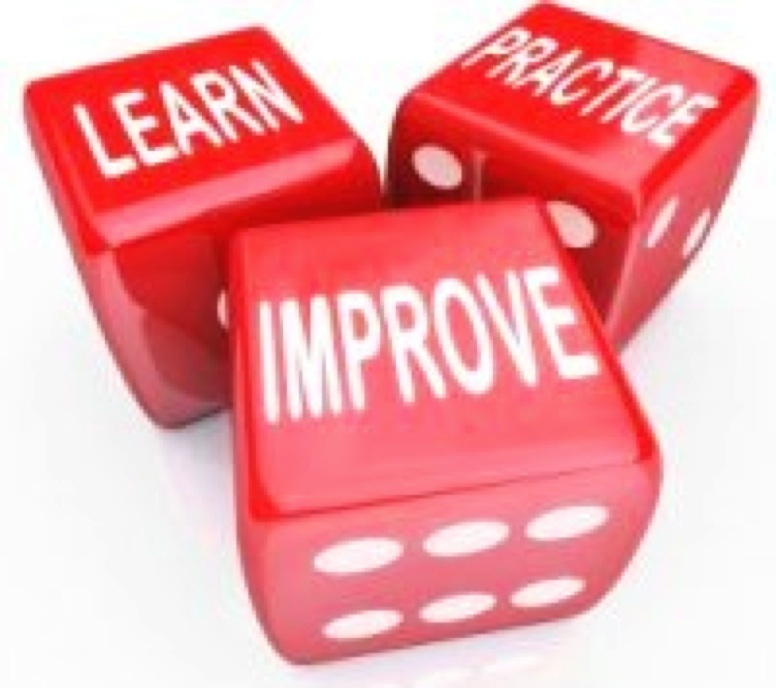Organizations must continuously adapt and improve to remain competitive. One of the most powerful tools for driving this continuous improvement is the feedback loop—a process that allows leaders and teams to gather insights, adjust, and enhance their operations. Establishing effective feedback loops not only fuels continuous improvement but also fosters a culture of learning that can propel an organization toward long-term success.
Understanding Feedback Loops
Feedback loops are systems that allow for the continuous exchange of information within an organization. This exchange involves collecting data on current practices, analyzing this data to identify areas for improvement, implementing changes based on the insights gained, and then reassessing the outcomes. The loop is "closed" when the outcomes are fed back into the system, providing new data to begin the process anew.
At the heart of a feedback loop is the concept of learning from experience. As teams engage with feedback, they become more adept at identifying inefficiencies, spotting opportunities for innovation, and refining their processes. This cyclical process encourages a mindset of ongoing learning and adaptability—key characteristics of a resilient organization.
Why Feedback Loops Matter
Feedback loops are essential for several reasons:
1. Promoting Agility: In a fast-paced business environment, the ability to pivot quickly based on new information is crucial. Feedback loops provide the mechanism for this agility by enabling organizations to make informed decisions rapidly.
2. Empowering Employees: When employees see that their feedback leads to tangible changes, they feel more engaged and valued. This empowerment can boost morale, increase productivity, and reduce turnover.
3. Enhancing Decision-Making: Leaders who incorporate feedback from various sources—employees, customers, market trends—can make better-informed decisions. These decisions are grounded in reality, rather than assumptions or outdated information.
4. Fostering Innovation: Continuous feedback encourages experimentation and innovation. Teams that regularly review and adjust their strategies are more likely to discover creative solutions and new opportunities.
Implementing Effective Feedback Loops
To create a culture of continuous improvement through feedback loops, leaders must establish mechanisms that are not only effective but also sustainable. Here’s how to get started:
1. Create Clear Channels for Feedback
The first step in implementing feedback loops is to establish clear, accessible channels for gathering feedback. This could include regular surveys, suggestion boxes, team meetings, and one-on-one check-ins. The key is to ensure that employees feel comfortable sharing their thoughts and know that their input is valued.
Leaders should also be open to receiving feedback from all levels of the organization. Encouraging upward feedback, where employees can offer insights to their supervisors, can provide a more comprehensive view of the organization’s operations.
2. Develop a System for Analyzing Feedback
Collecting feedback is only the beginning. Organizations must have a system in place for analyzing this feedback to extract actionable insights. This could involve categorizing feedback into themes, identifying common challenges, and prioritizing areas that require immediate attention.
Data analytics tools can be particularly useful in this process, allowing leaders to spot trends and patterns that might not be immediately apparent. By using these tools, organizations can ensure that their decisions are based on data-driven insights rather than anecdotal evidence.
3. Implement Changes and Monitor Impact
Once feedback has been analyzed, the next step is to implement changes based on the insights gained. This could involve adjusting workflows, introducing new technologies, or revising company policies. The key is to ensure that these changes are communicated clearly to all stakeholders and that there is a system in place for monitoring their impact.
Monitoring is an essential part of the feedback loop, as it allows organizations to assess whether the changes have had the desired effect. If not, the feedback loop begins again, with the organization refining its approach until the desired outcome is achieved.
4. Encourage a Culture of Open Communication
For feedback loops to be effective, there must be a culture of open communication within the organization. Leaders should model transparency by sharing the results of feedback and explaining how it will be used to drive improvements. This openness builds trust and encourages employees to continue providing valuable input.
Regularly scheduled meetings or town halls can be an excellent way to maintain this open communication. During these sessions, leaders can update the team on the progress of initiatives that arose from feedback and invite further input.
5. Celebrate Successes and Learn from Failures
A culture of learning is not just about identifying and correcting mistakes; it’s also about celebrating successes. When feedback leads to positive change, leaders should recognize and reward the teams involved. This not only reinforces the value of feedback but also motivates others to engage in the process.
At the same time, it’s important to learn from failures. Not every change will lead to success, but each failure provides an opportunity for growth. By analyzing what went wrong and why, organizations can avoid similar pitfalls in the future.
The Long-Term Benefits of Feedback Loops
When feedback loops are implemented effectively, they can transform an organization in several ways:
- Continuous Improvement: The organization is constantly evolving, with processes and practices that are regularly refined and optimized.
- Increased Employee Engagement: Employees are more likely to feel invested in the organization’s success when they see that their feedback is valued and acted upon.
- Better Decision-Making: Leaders have access to a steady stream of data-driven insights, allowing for more informed and effective decision-making.
- A Culture of Innovation: The organization becomes more innovative, with teams that are encouraged to experiment and explore new ideas.
Wrapping it up
In today’s complex business environment, the ability to adapt and improve continuously is critical. Feedback loops provide the mechanism for this adaptability, allowing organizations to learn from experience, make informed decisions, and foster a culture of ongoing improvement.
Latest posts by Tresha Moreland (see all)
- The Role of Feedback Loops in Continuous Improvement: Creating a Culture of Learning - September 4, 2024
- Navigating Burnout: How HR Leaders Can Help Themselves When There’s No One Else to Turn To - September 3, 2024
- Beyond the Barbecue: Appreciating the Workforce on Labor Day in a Post-Pandemic World - September 2, 2024












